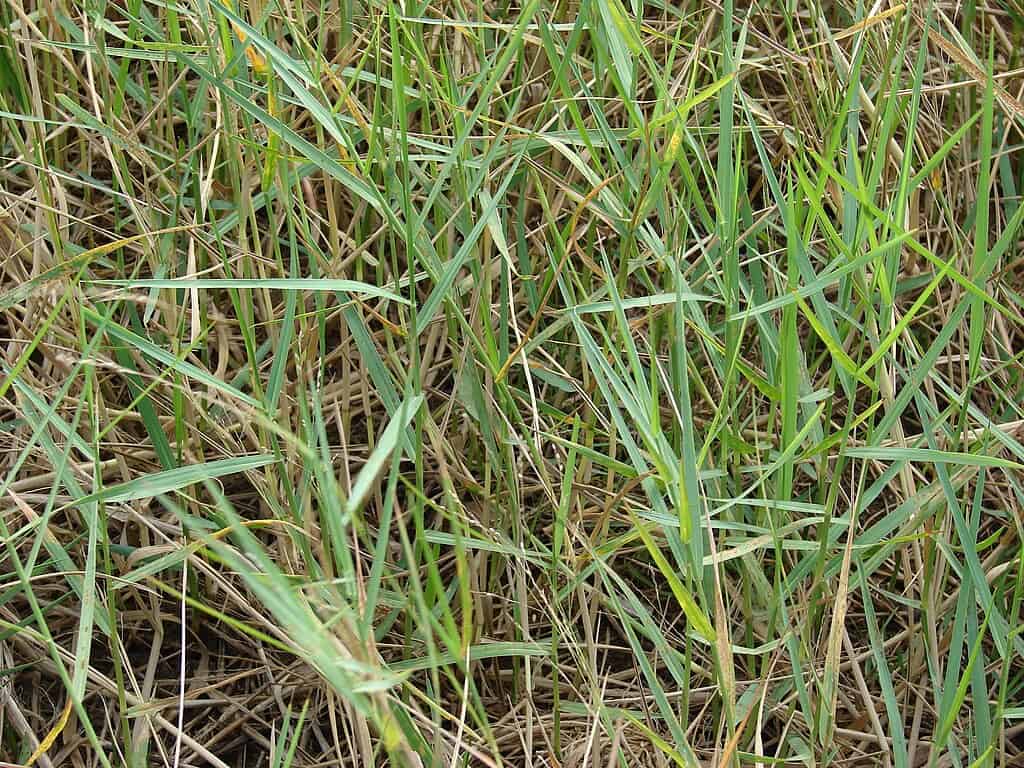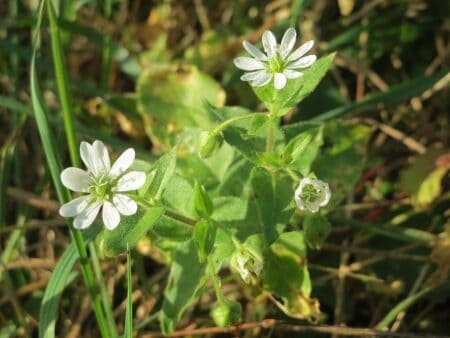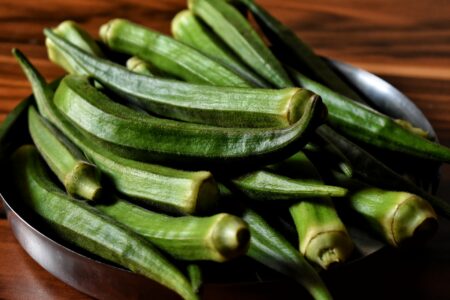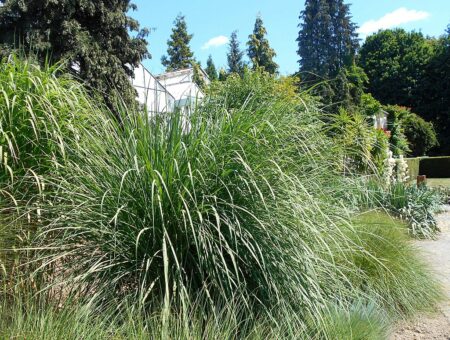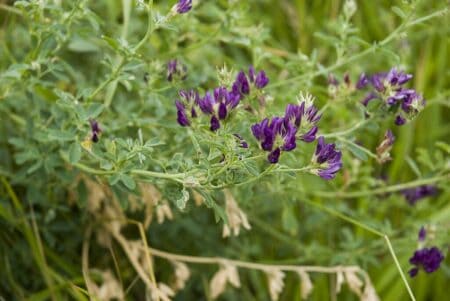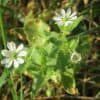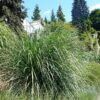Source: Wikimedia
Have you ever noticed a grassy weed with sharp, pointed tips that seems to take over your lawn and garden beds?
If so, you might be dealing with torpedo grass, one of the most invasive and persistent grasses in Florida and other parts of the world.
Torpedo grass can displace native plants, impede water flow, restrict recreational use, and cause economic losses for the citrus and golf course industries.
This post will show you how to identify torpedo grass, why it is bad for your lawn and garden, and how to eliminate it using various methods.
What Is Torpedo Grass?
Torpedo grass is a type of grass that can live for many years and grow up to 40 inches (100 cm) tall.
It has underground and aboveground stems called rhizomes and stolons, which can spread quickly and make new plants.
Rhizomes are thick and pointed, giving the plant the name torpedo grass.
Stolons can creep along the ground or float in water, forming floating mats.
Torpedo grass can flower all year, producing seeds that can help it spread. However, its main mode of reproduction is by rhizomes and stem fragments.
Why Is Torpedo Grass Bad?
Torpedo grass is not only a nuisance for your lawn and garden but also a threat to natural ecosystems and various industries.
Effects on Lawn and Garden
Torpedo grass can compete with your desired plants for space, water, nutrients, and light.
It can also create a dense mat that prevents other plants from growing or emerging.
Torpedo grass can also reduce the aesthetic value of your lawn and garden by creating an uneven and patchy appearance.
Effects on Environment
Torpedo grass can invade aquatic habitats such as lakes and marshes and alter their structure and function.
It can reduce biodiversity by crowding out native plants and animals.
It can also interfere with water quality by increasing sedimentation and nutrient loading.
Effects on Economy
Torpedo grass can cause losses for the citrus and golf course industries by reducing crop yields and quality, increasing maintenance costs, and damaging equipment.
It can also affect tourism and recreation by limiting water access and reducing scenic value.
Torpedo grass management in flood-control systems costs an estimated $2 million per year.
How To Identify Torpedo Grass?
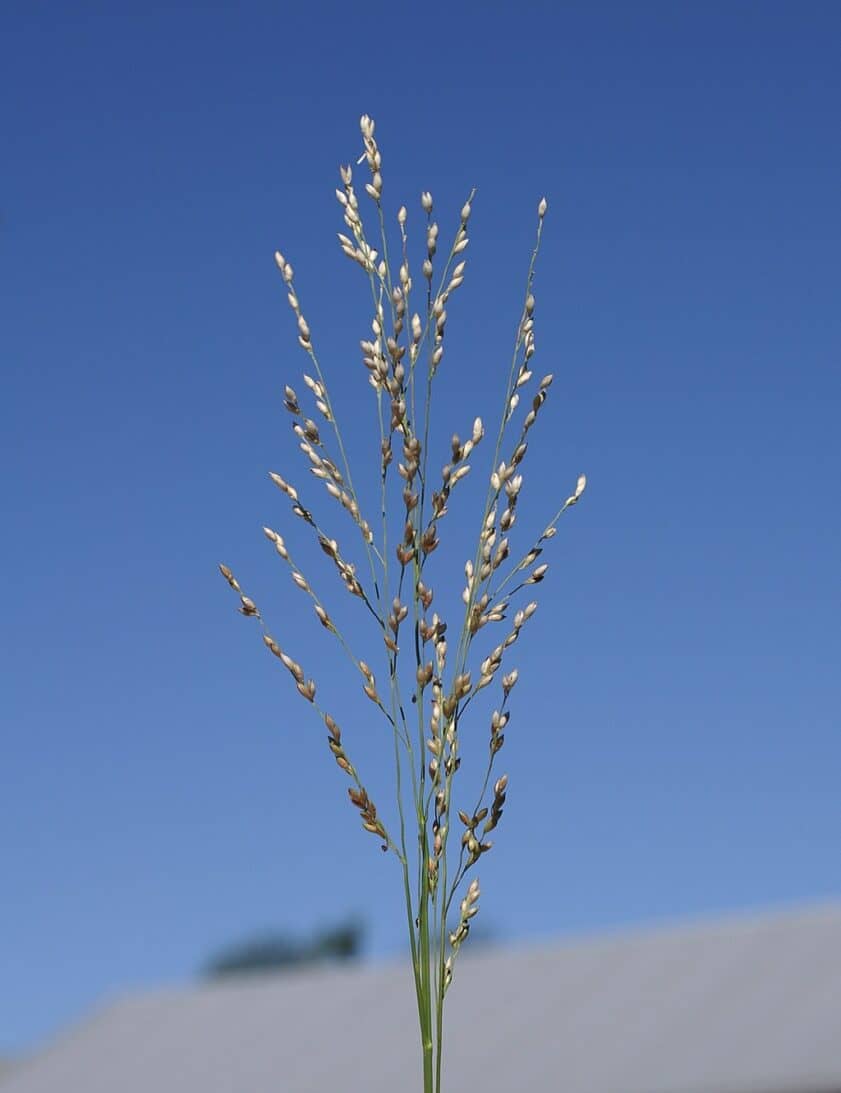
Before getting rid of torpedo grass, you must know how to identify it correctly.
Torpedo grass can look similar to other grasses or weeds, but it has some distinctive features that can help you recognize it.
Look for the Pointed Tips
The most obvious characteristic of torpedo grass is its sharply pointed or torpedo-like growing tips.
These are the ends of the rhizomes, which are underground stems that pierce the soil with force.
The rhizomes can grow up to 20 ft (6 m) long and 23 ft (7 m) deep, forming a thick mat in the soil.
The pointed tips can also emerge above the ground or float in water.
Check the Leaves and Stems
Another way to identify torpedo grass is to check its leaves and stems.
The stems are stiff and erect or bent, growing up to 35 inches (90 cm) tall.
The leaves are thick and rigid, flat or folded, and sometimes have a waxy or whitish coating on the surface.
The leaf sheaths and the upper margins of the leaves are hairy.
Examine the Flowers
Torpedo grass can also be identified by its flowers, which are small and arranged in loose and vertical clusters at the top of the stems.
The flowers can vary in color from white to purple.
Torpedo grass can flower all year round, producing seeds that can help it spread.
However, its main mode of reproduction is by rhizomes and stem fragments.
Torpedo grass can look similar to other grasses or weeds, but it has some distinctive features that can help you recognize it. The most obvious characteristic of torpedo grass is its sharply pointed or torpedo-like growing tips.
How to Eliminate Torpedo Grass?
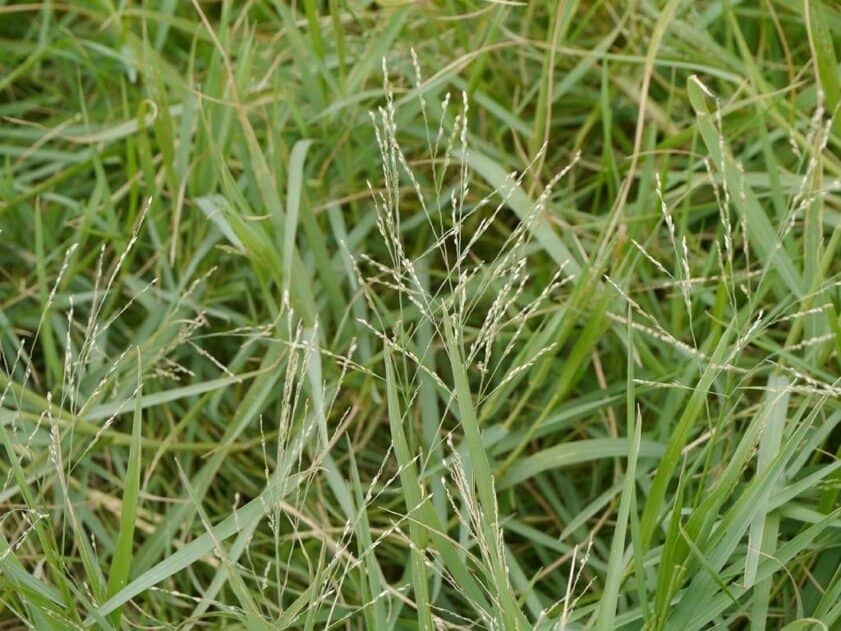
Torpedo grass can be extremely difficult and expensive to control.
Prevention should be part of every management plan.
However, suppose you already have torpedo grass in your lawn or garden. In that case, you may need to use a combination of preventive measures, cultural/physical methods, mechanical methods, and chemical methods to achieve effective torpedo grass control.
Preventive Measures
Preventive measures are the best way to avoid torpedo grass infestation.
They include controlling populations near waterways, cleaning machinery such as lawnmowers and boats, and only using certified materials such as soil, mulch, and hay.
These measures can help prevent the introduction and spread of torpedo grass rhizomes and seeds, which are the main modes of reproduction.
Cultural/Physical Methods
Cultural/physical methods involve maintaining a healthy ecosystem with native species diversity, which may limit the available habitat for torpedo grass.
These methods can also help improve the drainage and soil quality of your lawn and garden, keeping your desired plants healthy and competitive.
Cultural/physical methods include replacing disturbed soil with sod, lawn grasses, or naturalized beds before weeds have time to invade.
Mechanical Methods
Mechanical methods include tillage, digging, mowing, and burning; however, these methods are only moderately effective and can result in numerous rhizome fragments that can sprout and produce new plants.
Hoeing and hand weeding are also ineffective due to their rapid growth from underground rhizomes.
Continuous tillage can be effective under the right conditions, such as soil conditions, climate, and tillage depth.
Burning can also be effective in conjunction with herbicide use.
Chemical Methods
Chemical methods involve using herbicides such as glyphosate, fluazifop, or sethoxydim.
However, they require repeated applications and may not kill torpedo grass completely:
- Glyphosate is a non-selective herbicide that can kill any plant it contacts; therefore, it should be applied carefully to avoid damage to your desired plants.
- Fluazifop and sethoxydim are selective herbicides that can suppress torpedo grass but may not kill it; therefore, they should be combined with other methods.
The type of herbicide you use depends on several factors, such as the size and location of the infestation, the type of grass or plants you want to protect, the environmental conditions, and your personal preference.
Conclusion
Torpedo grass is a highly invasive and persistent grass that can cause problems for your lawn and garden, as well as natural ecosystems and various industries.
It is important to identify torpedo grass correctly and choose the best method to eliminate it.
You may need to use a combination of preventive measures, cultural/physical methods, mechanical methods, and chemical methods to achieve effective torpedo grass control.

